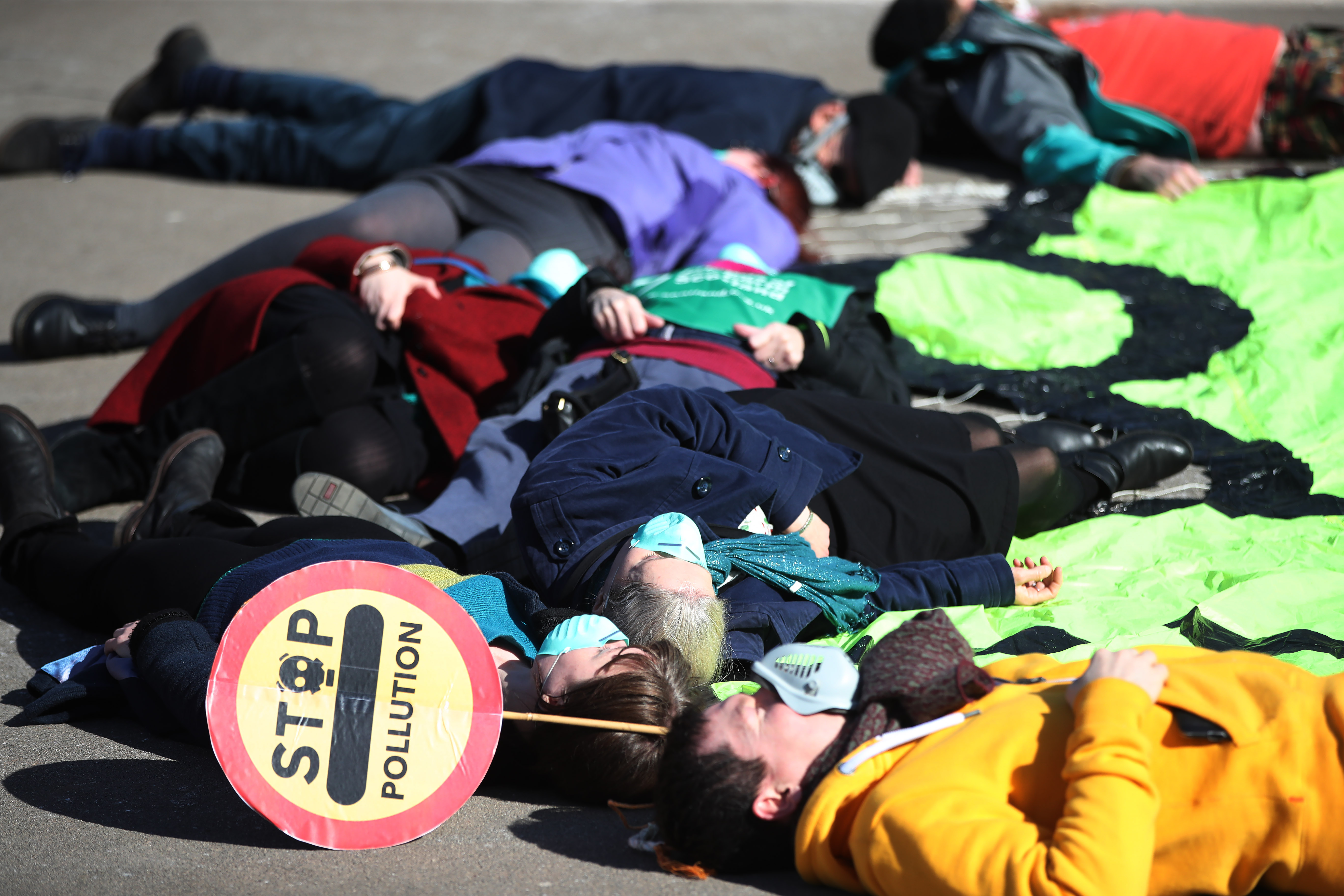
Glasgow’s Low Emission Zone is coming
At Friends of the Earth Scotland, we’ve been campaigning on air pollution and public health for as long as I can remember. On the first of June, we’ll be celebrating a big win.
Glasgow’s Low Emission Zone will be launched, fully and finally, with the most polluting vehicles restricted from the city centre.
Glasgow was initially promised a Low Emission Zone – a tool used across Europe to improve air quality and reduce climate emissions – for the 2014 Commonwealth Games. It’s nearly ten years later, but it’s finally here and it’s a huge step forward for the city.
Why does Glasgow need a Low Emission Zone?
The range of health problems that traffic pollution causes – asthma, heart disease, cognitive function – is well documented, yet we’ve seen little action from the council or the government to step in and protect our health.
Legal air quality standards came into force in 2010, yet until now they’d been broken in Glasgow every single year since except 2020 (when the lockdowns resulted in a big drop in car journeys). Hope Street, located in the city centre, has repeatedly been the most polluted street in the whole country. We’ve heard from sufferers of conditions like asthma that they need to avoid areas like this altogether.
Glasgow has been slowly restricting more and more of the most polluting buses over the last few years, and this has already brought some big improvements to air quality in the city. But only this year will the zone be finished, with restrictions on cars and other vehicle types which will bring the pollution levels down further.
How does Glasgow’s Low Emission Zone work?
Low Emission Zones are areas in town or city centres where the most polluting vehicles are restricted from entering. They are one of the most effective ways to protect vulnerable people from dirty air and exist in over 200 cities across Europe.
Only vehicles that meet the less-polluting emissions standards will be allowed to drive into the zone. If a vehicle that is not-compliant drives into the zone, it will be charged a fine. Fines increase with repeat offences.
This model is designed to stop everyone driving into the zone in order to reduce pollution, not to raise revenue. This is different to a ‘congestion charge’ model – known as ‘clean air zones’ in English cities – where any vehicle can enter the zone but all have to pay a fee.
You can check if your vehicle meets the emission criteria here.
Will other cities in Scotland be getting Low Emission Zones?
There are Low Emission Zones in Aberdeen, Edinburgh and Dundee which will start to be enforced on 1 June 2024, so people in these cities will be waiting a bit longer to breathe cleaner air.
It’d be great to see other cities in Scotland look into bringing in Low Emission Zones – Inverness and Perth also have high levels of pollution that aren’t being tackled at the moment.
Cities across Europe are streets ahead of Scottish cities in cutting down traffic, opening up space for walking and cycling as well as new businesses. With these Low Emission Zones and the huge increase in government funding for walking and cycling, we’ve got a chance to catch-up. Now we need to push all councils to take action, not just our biggest cities.
We can only campaign on these issues with your support, so please consider donating below so that we can achieve more successes together.
